Envision
Revolutionizing Metro Rail: The Impact of IoT, AI, and ML on Rolling Stock Performance
.webp)
Table of Content
1. Understanding Rolling Stock in Metro Rails
2. The Significance of Enhanced Rolling Stock Performance
3. The Role of IoT, AI, and ML in Boosting Rolling Stock Performance
4. IoT: The Nerve Centre of Data Collection
5. Real-World Impacts and Developments
Understanding Rolling Stock in Metro Rails
Rolling stock refers to all vehicles that go along a railway track. In the context of metro rails, it refers to passenger trains, which constitute the backbone of metropolitan public transit. The performance of rolling stock is an important aspect in determining the overall efficiency, dependability, and safety of the metro system.
The Significance of Enhanced Rolling Stock Performance
Improving rolling stock performance on metro tracks provides substantial value in numerous ways:
1. Efficiency: Well-maintained and high-performing trains stick to schedules more rigorously, decreasing delays and improving overall transportation network efficiency.
2. Safety: Improved performance directly correlates with safer travel since well-maintained trains are less prone to accidents and malfunctions.
3. Cost-Effectiveness: Better functioning rolling stock is more cost-effective in the long term because of decreased maintenance costs and improved train lifetime.
4. Passenger Satisfaction: Reliable and efficient rail services enhance the entire passenger experience, leading to improved satisfaction and ridership.
The Role of IoT, AI, and ML in Boosting Rolling Stock Performance
IoT: The Nerve Centre of Data Collection
Internet of Things (IoT) involves integrating sensors and smart devices into the rolling stock and railway infrastructure. These devices continuously collect data, providing insights into the operational status of the trains.
AI: Smart Analysis and Decision Making
Artificial Intelligence (AI) takes the data collected by IoT and uses it to make informed decisions for improving the performance of rolling stock.
· Operational Efficiency: AI algorithms can dynamically manage train schedules, optimizing them for efficiency and energy consumption.
· Safety Enhancements: AI can also be used to improve safety measures, like detecting obstacles on tracks or predicting and preventing potential system failures.
ML: Predictive Performance Enhancement
Machine Learning (ML), a subset of AI, involves algorithms learning from data to make predictions and enhance future performance.
· Predictive Maintenance: By evaluating historical and real-time data, ML can anticipate when a train component could break, enabling preventative maintenance.
· Efficiency Optimization: ML algorithms can additionally optimize energy use and operating efficiency, where ML was employed to optimize energy use, resulting in a considerable reduction in overall energy expenses.
Real-World Impacts and Developments
1. Reduced Delays: The adoption of these technologies has resulted in a considerable decrease in delays. Many Metros claimed a 20% reduction in delays due to increased rolling stock performance following the deployment of AI and IoT technology.
2. Energy Savings: Metro systems that have used this technology have observed reduced energy consumption. The technology deployment statistics recorded a 15% drop in energy consumption after using AI-based energy optimization tools.
3. Cost Reduction: Maintenance expenditures have been significantly lowered. It has been recorded in multiple metro stations that they have experienced a 10% decrease in maintenance expenses after incorporating IoT and ML-based predictive maintenance solutions.
Conclusion
The integration of IoT, AI, and ML into metro rail rolling stock marks a significant stride towards a smarter, more efficient, and safer urban transit system. These technologies not only enhance the performance of rolling stock but also provide a more sustainable, cost-effective, and passenger-friendly service. As urban centers continue to grow, the role of advanced technologies in public transportation will become increasingly vital, setting the stage for a more connected and efficient future in urban mobility.
Looking Ahead
The future of metro rail systems with advanced technology integration is bright. From autonomous trains to more personalized and responsive services, the potential for innovation and improvement is vast. As these technologies continue to evolve, they promise to redefine urban transportation, making it more adaptable, efficient, and sustainable.
Talk to us today to know how our solutions can accelerate your digital transformation
Let's Talk


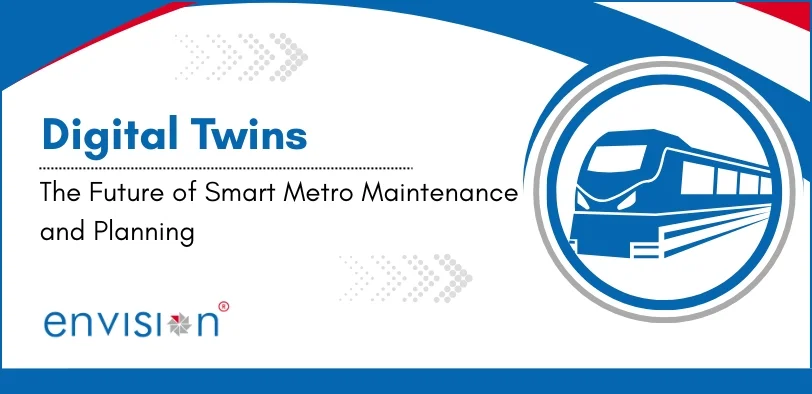

.webp)
.webp)
.webp)
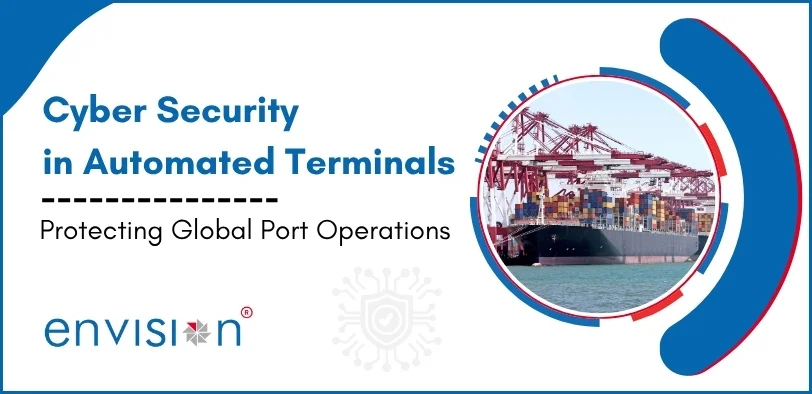



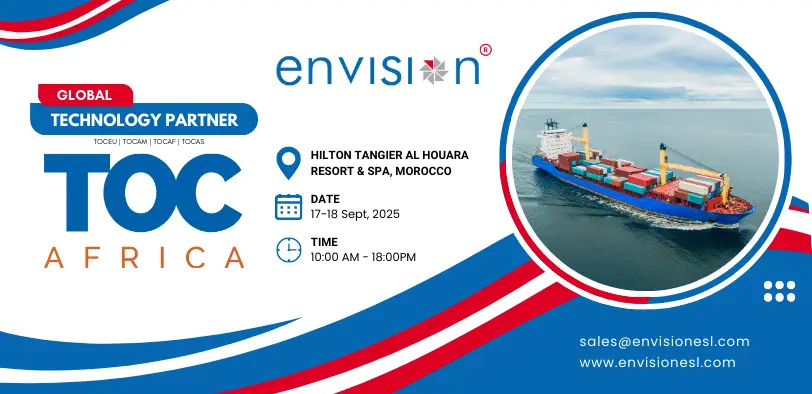
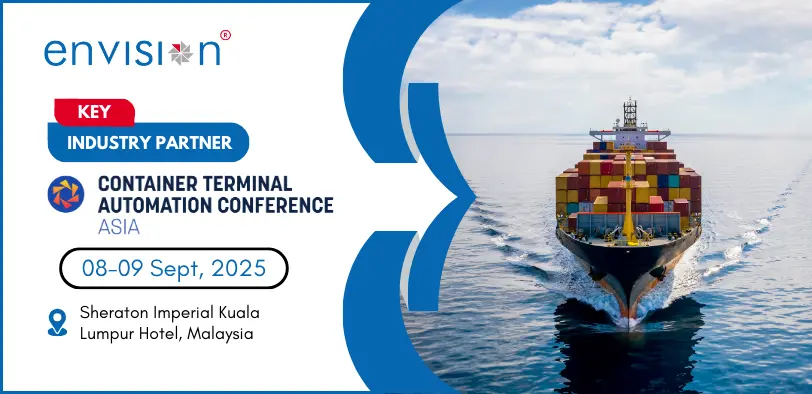

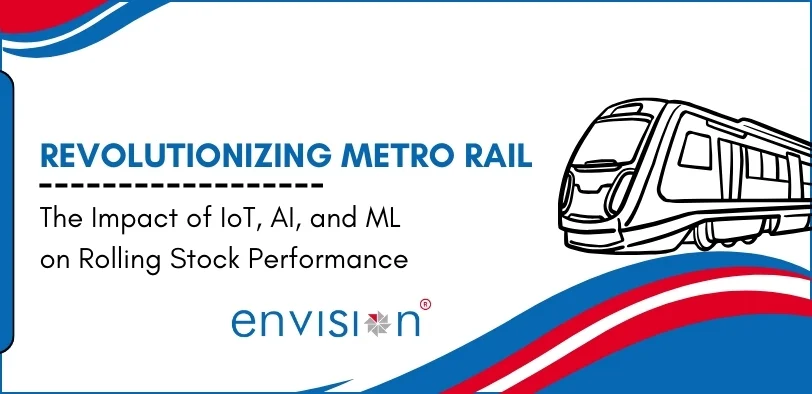
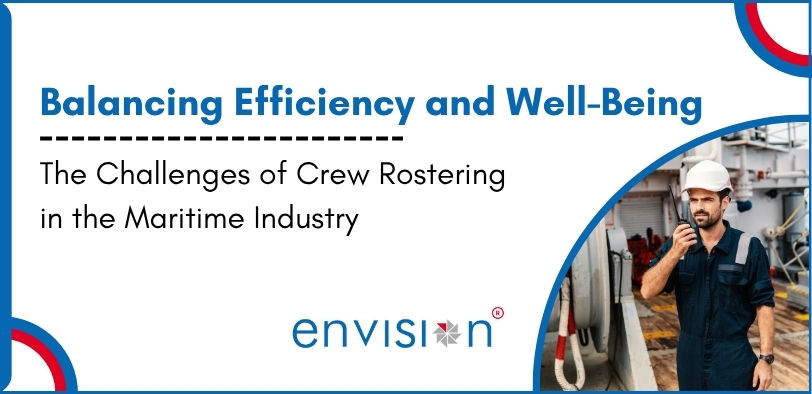
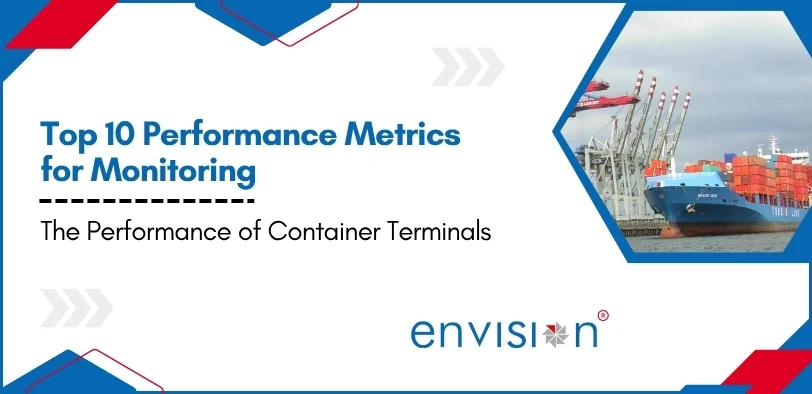
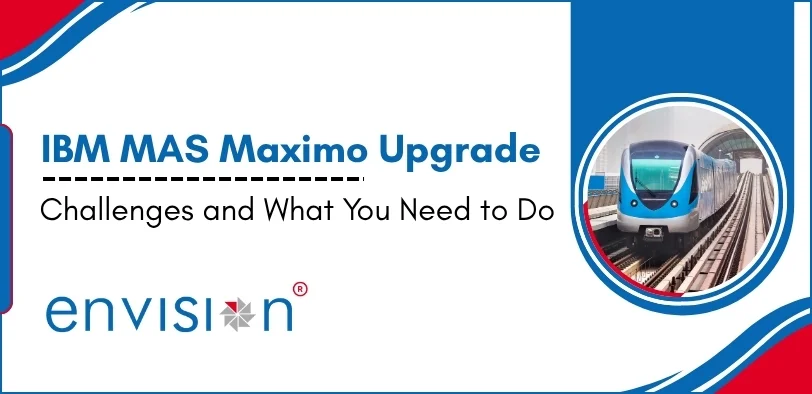
.webp)
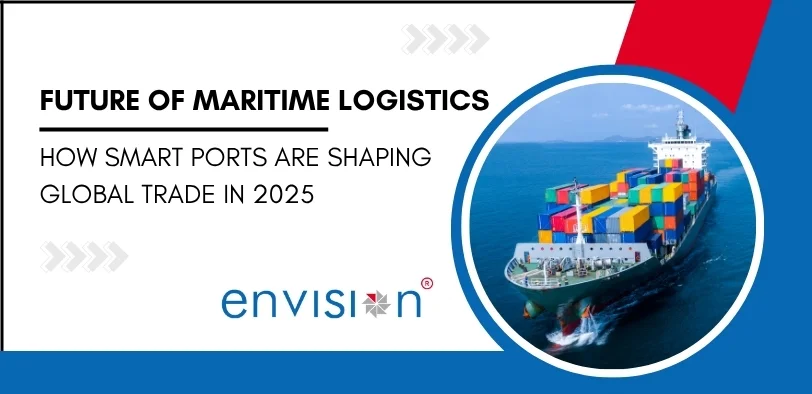







%20ver1_1.webp)







.webp)
.png)
.png)







































